Last Lunar Eclipse of 2022 to occur on November 8; Know when, where and how to watch it
Lunar Eclipse of 2022: It will be the last total lunar eclipse of 2022. Know all details here.
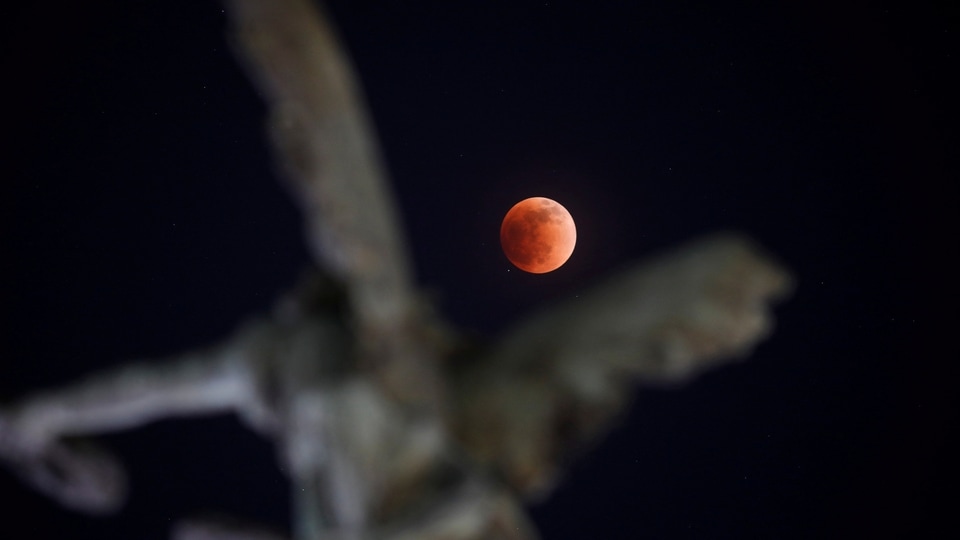
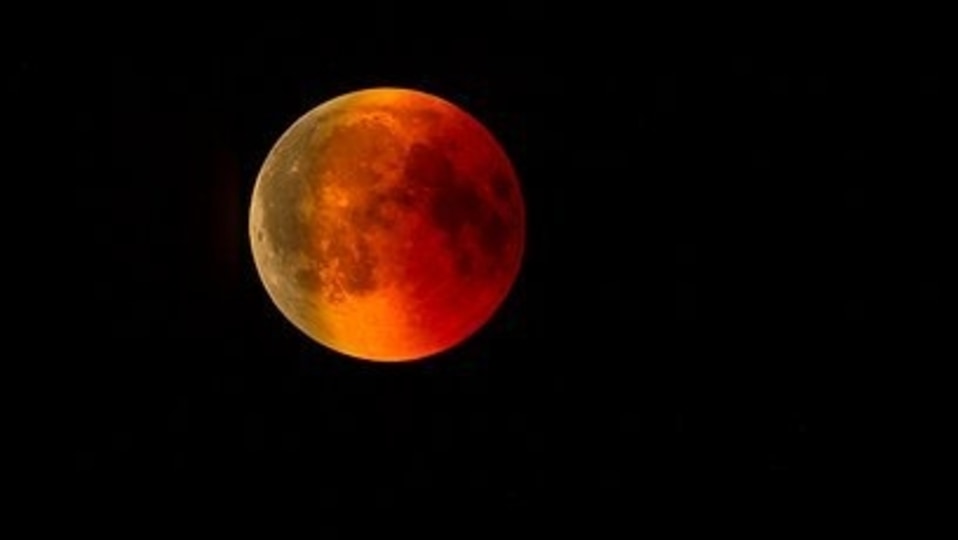
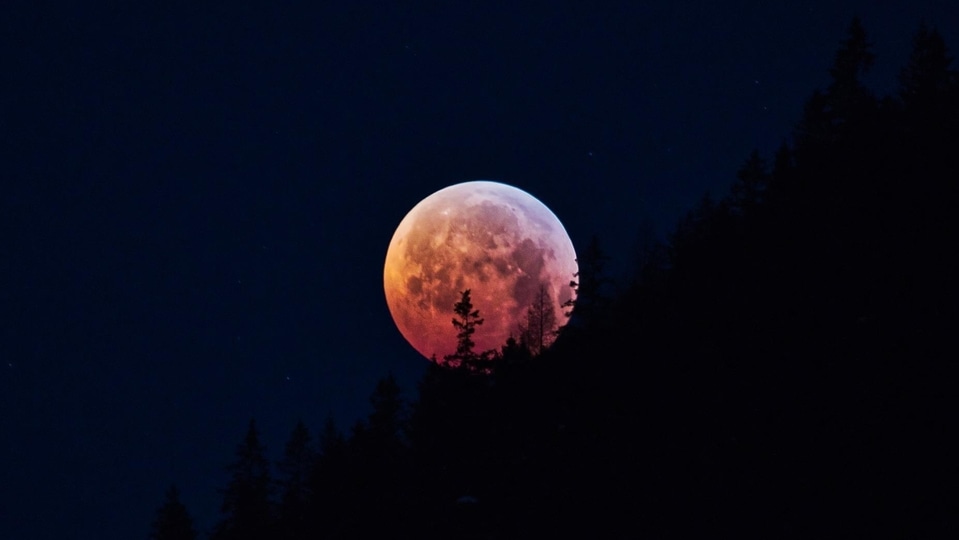
_1651891018983_1651891041408.jpg)
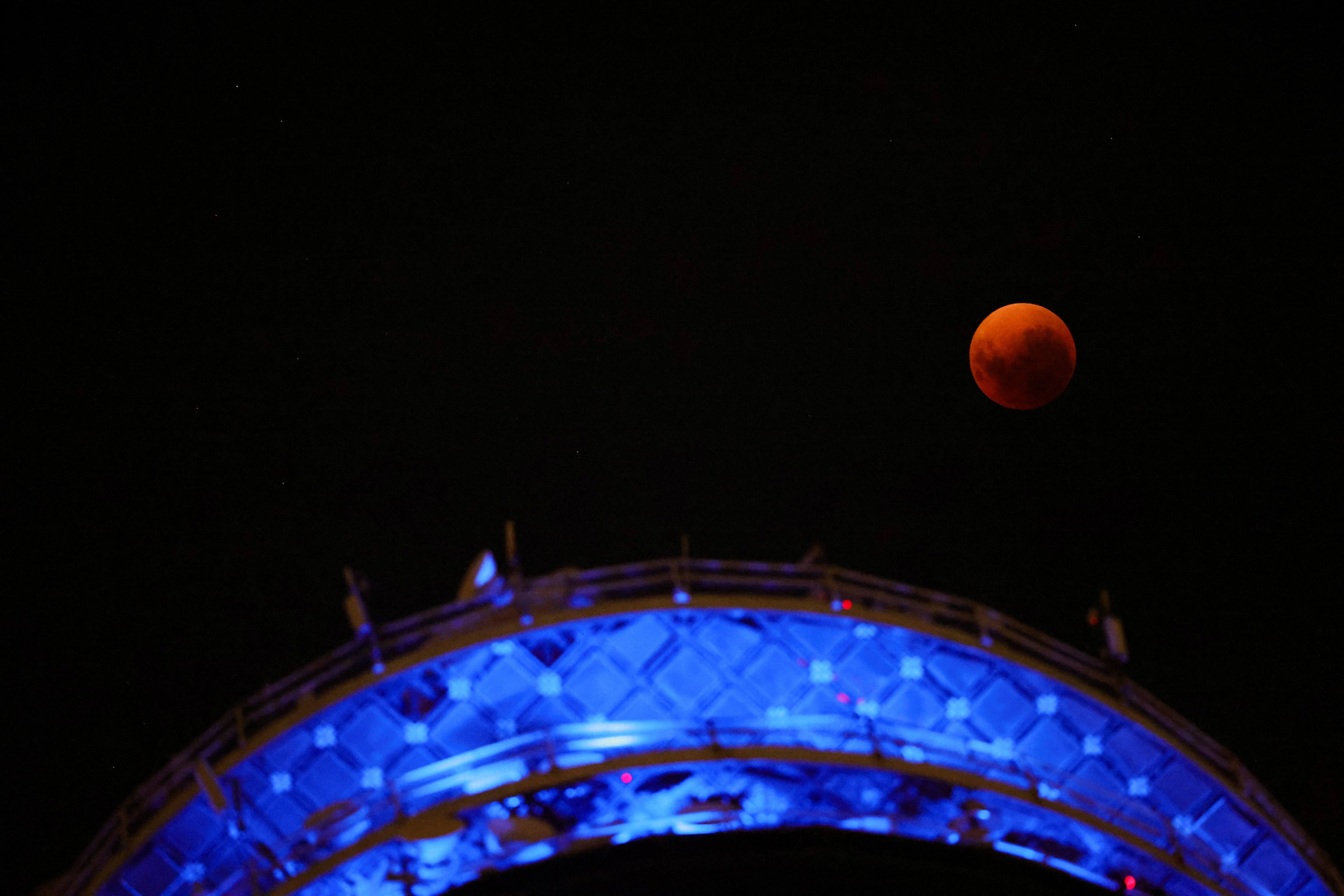
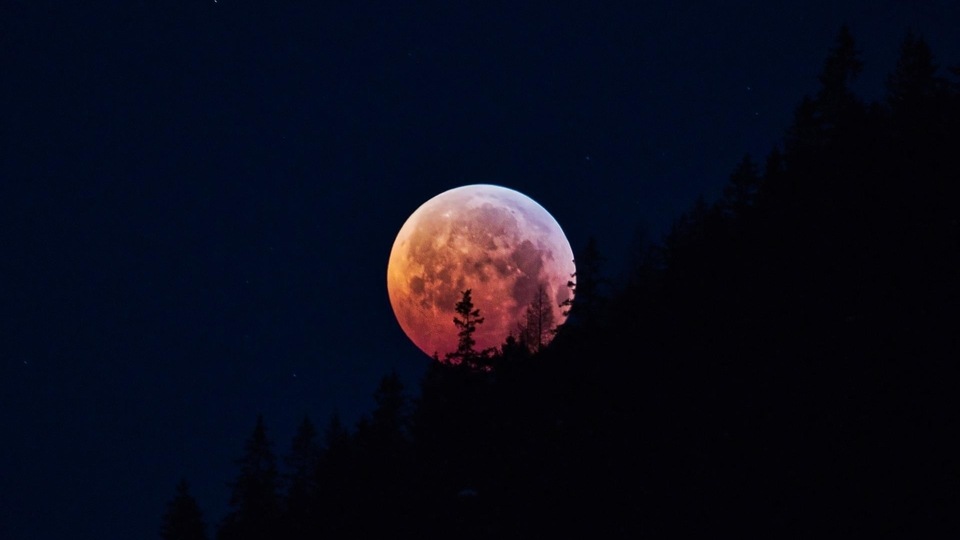
 View all Images
View all ImagesA few days ago, we saw the last solar eclipse of this year, and now skywatchers have another chance to have a mesmerizing view of a total lunar eclipse of this year. You will be going to witness the year's total lunar eclipse on November 8. The world is going to witness the ‘Supermoon', which means the moon is set to look bigger than its usual size. Most importantly, this will be the last total lunar eclipse of 2022, as the next occurs on March 14, 2025, NASA informed. However, you will continue to see partial and penumbral lunar eclipses during that time.
A Lunar Eclipse occurs when the Moon passes through the shadow of the Earth. Only when the Sun, Earth, and Moon are in a straight line with the Earth between the other two can this happen. A lunar eclipse occurs when it casts a shadow on the lunar surface. "When the Moon is within the umbra, it will turn a reddish hue. Lunar eclipses are sometimes called “Blood Moons” because of this phenomenon," NASA mentioned.
Total Lunar Eclipse 2022: When and where to watch
The last Lunar Eclipse of 2022 is all set to occur on November 8. The Lunar Eclipse process will start at 3:02 a.m. (Eastern Standard Time).
Basically, the total lunar eclipse will be visible in several parts of the world, including North/East Europe, Asia, Australia, North America, Much of South America, the Pacific, the Atlantic, the Indian Ocean, the Arctic, and Antarctica. Sadly, this total eclipse of 2022 will not be visible in India. However, some final moments could be seen in some parts of the country.
How to catch a glimpse of the Total Lunar eclipse
Unlike a solar eclipse, you don't need any special equipment to observe a lunar eclipse. However, binoculars or a telescope will enhance the view of the moon and its red hues. across North and Central America and in Ecuador, Colombia, and western portions of Venezuela and Peru. In Puerto Rico. Apart from these, it is also visible in Asia, Australia, and New Zealand. Luckily, Alaska and Hawaii will have the opportunity to catch every stage of the eclipse.
Catch all the Latest Tech News, Mobile News, Laptop News, Gaming news, Wearables News , How To News, also keep up with us on Whatsapp channel,Twitter, Facebook, Google News, and Instagram. For our latest videos, subscribe to our YouTube channel.

























